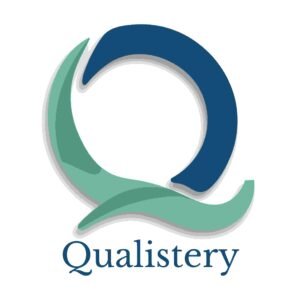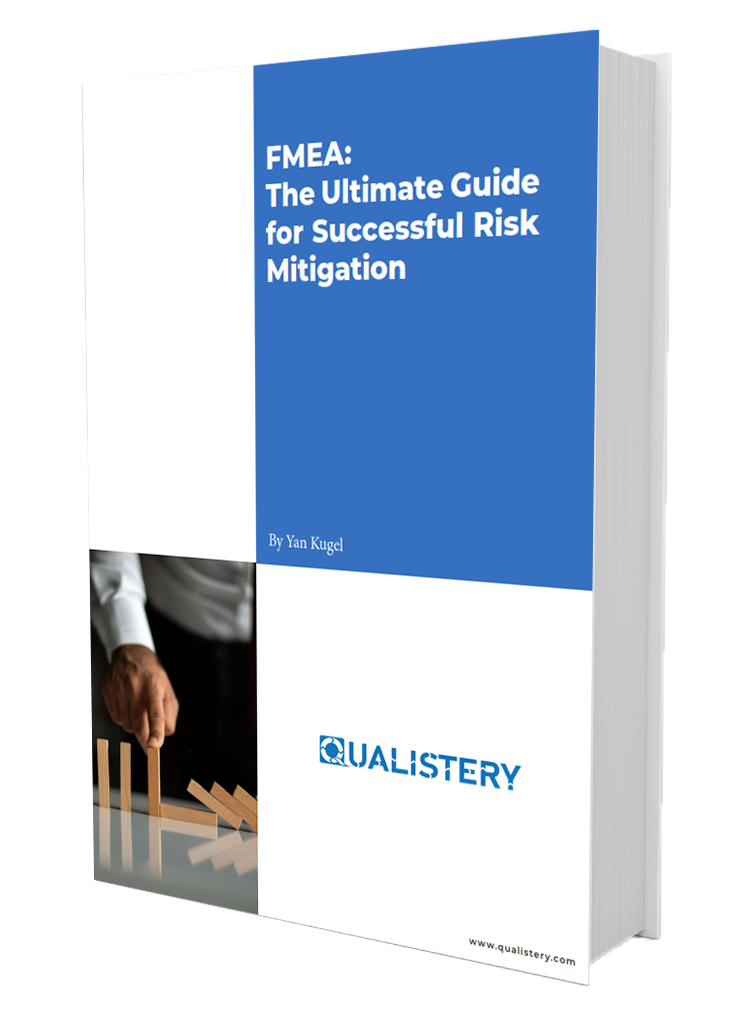Introduction: Why is documentation management important?
In the Life Sciences industry, the significance of documentation cannot be overstated. It is the foundation upon which quality, compliance, and patient safety are built.
Let’s see this with an example:
Imagine a pharma company that manufactures a widely used medication for cardiovascular disease. The manufacturing process for this medication is complex, requiring precise coordination of various components and strict adherence to established SOPs to ensure the final product’s efficacy and safety.
During the routine QC controls, an analyst detects an incorrect chemical composition for the formulation batch. So, the mixture failed to meet the specification, which is key to achieve clinical efficacy. The implications were immediate and severe: the entire formulation batch, representing thousands of units of the medication, was deemed unsuitable for distribution and had to be destroyed.
QA carried an investigation to find the root-cause of the problem and discovered that the formulation department followed an outdated version of the SOP for the mixing of the drug’s active pharmaceutical ingredient (API) with its excipients. The most updated procedure involved a meticulous process of weighing, mixing, and testing to achieve the precise chemical composition required for the drug’s effectiveness. However, the SOP document that guides this process had recently been updated to reflect a slight alteration in the composition ratio, based on the latest clinical research findings. Unfortunately, an outdated controlled copy of the SOP was inadvertently left within the formulation department, leading to its use in the production process.
As a result, the entire batch of the medication was produced with an incorrect ratio of API to excipients. This error was not immediately evident until the batch underwent its quality control checks, where it failed to meet the stringent criteria for chemical composition.
The financial repercussions of this error were significant, with the loss of the batch resulting in substantial costs associated with wasted materials, labor, and the need to expedite a replacement batch to meet market demand. However, the potential risk to patient safety had the incorrect batch been distributed was far more concerning. The incorrect chemical composition could have resulted in reduced efficacy of the medication, posing serious risks to patients relying on it for their heart conditions.
The example above shows the criticality of documentation management in the pharmaceutical industry. This process is fraught with challenges, not only due to the high stakes associated with these documents but also because of the sheer volume and complexity of records required. Each document holds the potential to significantly impact the company’s operations and regulatory compliance, highlighting the immense challenge of ensuring every piece of documentation is accurately maintained and readily accessible.
Moreover, the documents are a resource for inspections. Inspectors will analyze the company’s quality by reading those documents and decide if the processes are suitable for the intended purpose.
In such a regulated environment, the limitations of traditional, paper-based documentation systems become apparent: They are cumbersome, prone to errors, and increasingly incompatible with the demands of modern regulatory compliance and business efficiency.
Let’s assess the compliance limitations of paper-based or manual document management systems.
Compliance problems of manual document management systems
The document management system is one of the most frequent sources of non-compliance. Around 20% of all the non-conformances observed by inspectors are related to data integrity and/or document management.
To show the extensive manual efforts required to maintain compliance with a paper-based document management system, we will delve into specific extracts from the PIC/S guideline on Good Practices for Data Management and Integrity. This guideline serves as a cornerstone for understanding the rigorous standards and practices that must be adhered to in order to ensure the integrity and reliability of data in the pharmaceutical sector.
“8.4 Expectations for the generation, distribution and control of records:
Item Generation:
1. All documents should have a unique identifier (including the version number) and should be checked, approved, signed and dated.”
In a manual system, this process involves several labor-intensive steps. Firstly, the creation of a unique identifier for every document and version must be meticulously managed to avoid duplication and ensure accurate record-keeping. Secondly, the physical distribution of documents for review, approval, and signature can be time-consuming, as it often requires hand-delivery and waiting periods for each responsible party to manually review and sign the document. Lastly, maintaining an up-to-date record of all these actions in a centralized log or registry, which is also easily accessible, adds another layer of complexity.
“8.4 Expectations for the generation, distribution and control of records:
Item Distribution and Control:
Document issuance should be controlled by written procedures that include the following controls:
…
– ensuring that only the current approved version is available for use;
– allocating a unique identifier to each blank document issued and recording the issue of each document in a register;
– numbering every distributed copy (e.g.: copy 2 of 2) and sequential numbering of issued pages in bound books;”
Complying with the requirements for document distribution and control as detailed in the PIC/S guideline, particularly in ensuring that only the current approved version is available for use, assigning unique identifiers to each issued document, and managing specific numbering of distributed copies and pages, poses significant challenges in a manual-based system.
Firstly, ensuring that only the current approved version of a document is available requires meticulous monitoring and control. In a manual system, this often involves physically removing outdated versions from all points of use and replacing them with the updated documents, a process prone to oversight and error.
Secondly, the allocation of a unique identifier to each blank document issued and the maintenance of a register to record each document’s issuance are tasks that demand rigorous attention to detail and organization. This process ensures traceability and accountability but, when done manually, requires substantial time and effort to manage accurately.
Lastly, numbering every distributed copy and sequentially numbering issued pages adds another layer of complexity. This practice is essential for ensuring that each recipient receives a complete and correct set of information and that any missing or additional pages are quickly identified. However, implementing these controls manually can be labor-intensive and prone to errors, such as misnumbering or distributing outdated or incomplete documents.
“8.10 Document retention:
Item where and how should records be archived?
1. A system should be in place describing the different steps for archiving records (identification of archive boxes, list of records by box, retention period, archiving location, etc.).
Instructions regarding the controls for storage, as well as access and recovery of records should be in place.”
Complying with the document retention requirements as outlined in section 8.10 of the PIC/S guideline, particularly regarding the archiving of records, presents considerable challenges in a manual-based system. This section emphasizes the need for a systematic approach to archiving, which includes identifying archive boxes, listing records by box, specifying retention periods, determining archiving locations, and setting forth instructions for the storage, access, and recovery of records.
Implementing these steps manually necessitates a detailed and labor-intensive process. Firstly, the identification of archive boxes and the categorization of records within each box demand meticulous organization to ensure that documents are easily retrievable. This step alone involves significant physical handling and labeling of documents and boxes.
Secondly, maintaining a comprehensive list of records by box, along with specified retention periods for each type of document, requires ongoing management and updating. This task is crucial for ensuring compliance with regulatory requirements for document retention but can be cumbersome and error-prone when done manually.
Furthermore, determining a secure and appropriate archiving location involves considerations of both physical space and environmental conditions to prevent damage or deterioration of records. The manual oversight of these conditions adds another layer of complexity to document retention.
Lastly, establishing controls for the storage, access, and recovery of records in a manual system involves creating and enforcing policies that govern who can access or retrieve documents. This requires a robust tracking system to log access and document
Conclusion
As we have explored throughout this article, the critical importance of documentation management in the Life Sciences industry cannot be understated, especially in light of the complex and high-stakes nature of pharmaceutical manufacturing. The examples and discussions presented underscore the immense challenge of maintaining compliance with evolving regulatory guidelines using manual document management systems. These guidelines, as illustrated by extracts from the PIC/S Good Practices for Data Management and Integrity, demand meticulous control over document generation, distribution, and retention—tasks that become increasingly burdensome and prone to error when handled manually.
Regulatory bodies are continuously raising the bar for documentation systems, driving towards more stringent and comprehensive standards. This trend is gradually rendering manual systems obsolete, as they struggle to keep pace with the requirements for accuracy, timeliness, and traceability. The future clearly belongs to digital document management systems (DMS), which offer the automation and efficiency necessary to meet these evolving standards. Digital DMS not only mitigate the risks associated with manual handling but also streamline processes, ensuring that companies can maintain compliance with relative ease.
The transition to digital solutions is not merely a convenience but a strategic imperative for those in the Life Sciences industry. As regulatory guidelines become more demanding, the adoption of digital DMS will be crucial for ensuring that pharmaceutical companies can continue to deliver safe, effective, and high-quality products.
In our upcoming articles, we will delve deeper into the world of digital document management systems, exploring the new technologies, regulations and methodologies that are setting new standards in the Life Sciences industry.
We also invite you to read any of our other articles for more insights and guidance on navigating the complexities of the Life Sciences industry.
With a dedication to serving the pharmaceutical industry, Qualistery specializes in hosting informational webinars that support both professionals within the pharma sector and service providers. Our commitment lies in empowering businesses to maximize their impact through engaging virtual events and strategic webinar solutions. Additionally, Qualistery supports life science companies through private GxP training and compliance services.









